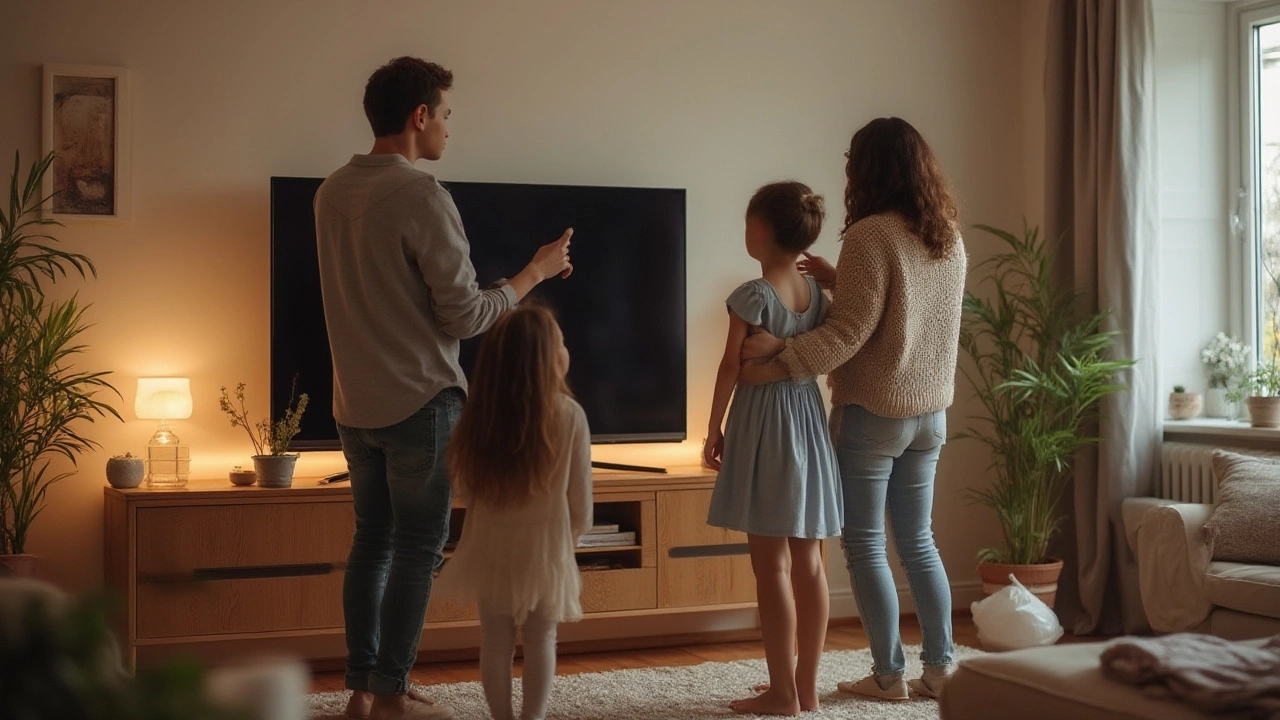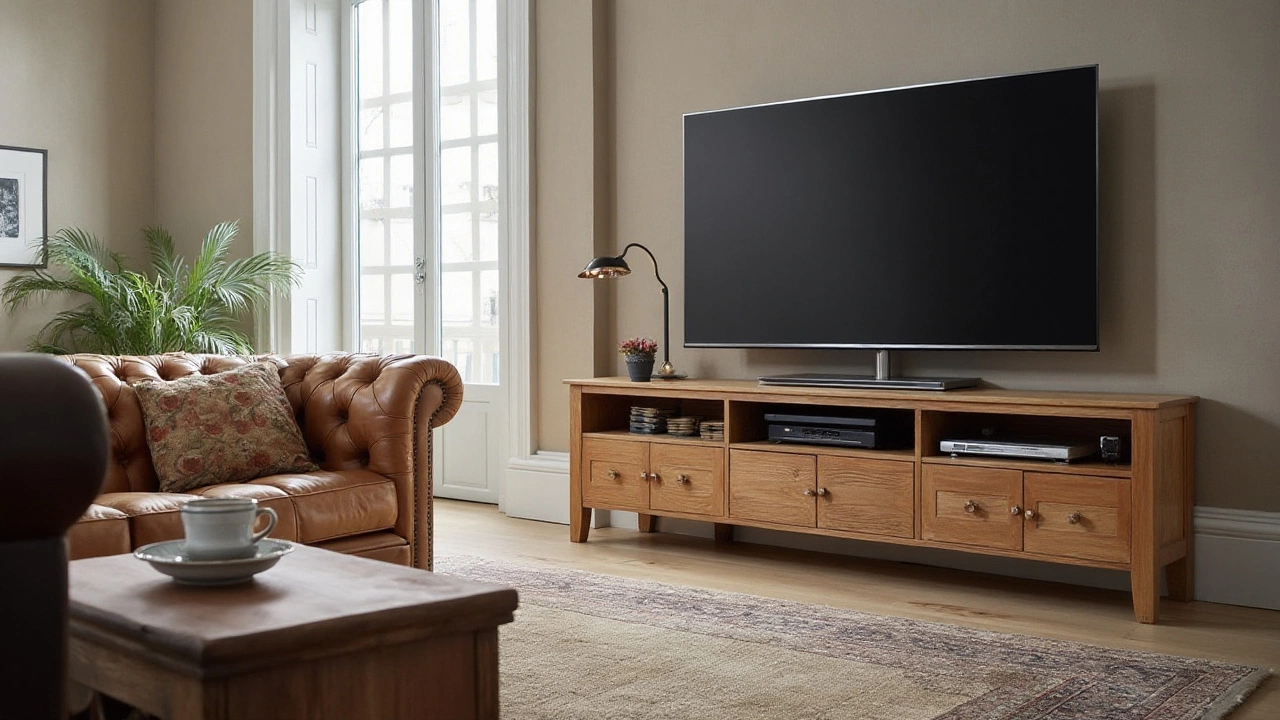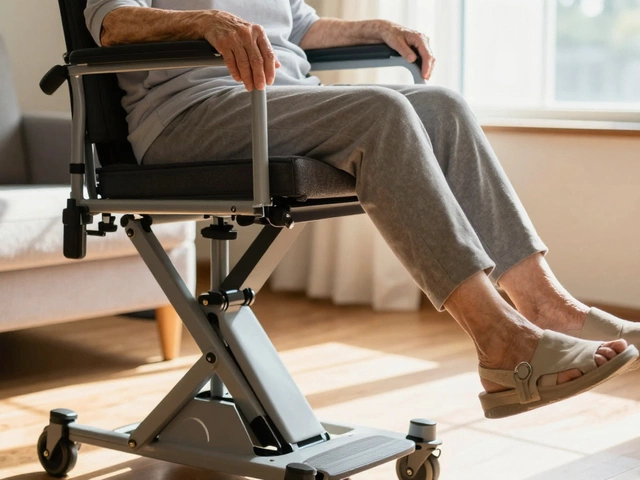TV Mounting: How to Choose Height, Stand Size & Setup Tips
Ever wonder why a TV feels off‑center or makes your neck ache? The culprit is usually the mounting height or the stand you choose. Getting these right not only looks cleaner but also protects your eyes and back. Below you’ll find straight‑forward steps to pick the perfect height, match the right stand, and avoid common pitfalls.
Find the Ideal Height for Your TV
The classic rule is to keep the screen’s center at eye level when you’re seated. Measure from the floor to the middle of your couch’s seat, then add a few inches so you’re not looking up. For a 55‑inch TV, this usually lands between 42 and 48 inches from the floor. If you have a recliner or a higher chair, adjust accordingly. Mount brackets with tilt help fine‑tune the angle without drilling more holes.
Viewing distance matters too. Sit about 1.5 times the diagonal screen size away for comfortable sightlines. So a 65‑inch TV looks best about 8 to 9 feet away. Use a tape measure to check the distance before drilling. This quick check can save you from a cramped look or a distant, tiny picture.
Pick the Right TV Stand Size
When you prefer a stand over a wall mount, the stand should be wider than the TV by at least a few inches. A good guide is to add 4‑6 inches to each side of the screen. That gives a stable base and space for soundbars or décor. For a 65‑inch TV, aim for a stand about 70‑72 inches wide.
Height of the stand also affects eye level. A stand that puts the screen’s center at the same height as your seated eyes works best. Most stands sit 18‑24 inches high, which suits most sofas. If your couch is low, look for a taller stand or combine a low stand with a short wall mount.
Weight capacity is a must‑check. The stand’s spec should exceed your TV’s weight by at least 20 percent. This prevents wobbling and protects the set from accidental bumps. Most modern stands list a weight limit; compare it with the TV’s manual.
Cable management can be a hassle, but many stands include hidden channels. If yours doesn’t, use zip ties or a simple cord cover to keep wires tidy. A clean setup reduces dust buildup and makes the room feel larger.
Finally, test stability before you load the TV. Place the empty stand on the floor, give it a gentle push, and watch for wobble. If it moves, add a non‑slip pad or adjust the legs. A firm base ensures your TV stays secure for years.
With the right height, stand size, and mounting method, you’ll enjoy movies, games and sports without strain. Follow these simple steps, trust your measurements, and you’ll have a setup that looks great and feels comfortable.
Should I Put My TV on a Stand? Practical Pros, Cons, and Setup Tips
Confused about where your TV should go? Discover if your TV belongs on a stand, what to look out for, pros, cons, safety, and tips for the perfect setup in any room.
Convert Wall-Mounted TV to Stand: Easy Steps and Pro Tips
Switching your TV from a wall mount to a stand might sound tricky, but it’s doable with the right know-how. This guide breaks down everything you need, from understanding mounting holes to picking the right stand. No need to call a handyman—you can handle it yourself in an afternoon. Learn how to choose the safest and most stylish stand for your space. Stop letting a wall dictate your living room layout.
Exploring Samsung TV Stand Compatibility: What You Need to Know
When purchasing a Samsung TV, many buyers wonder if the TV stands are interchangeable across different models. This article delves into the compatibility of Samsung TV stands, exploring why not all stands fit every model. Understanding these differences can help buyers make informed decisions, whether they're buying a new Samsung TV or replacing parts. Learn about the importance of checking model specifications and the trends in TV stand design.









